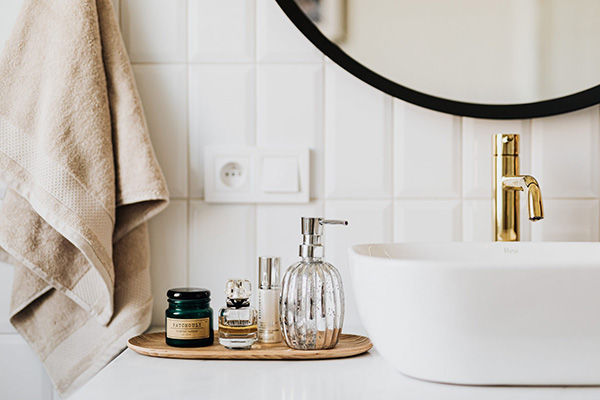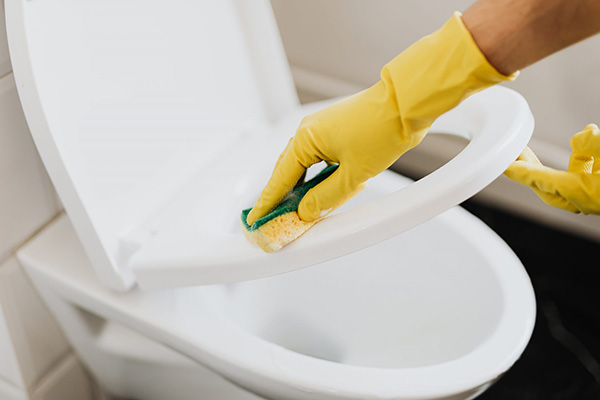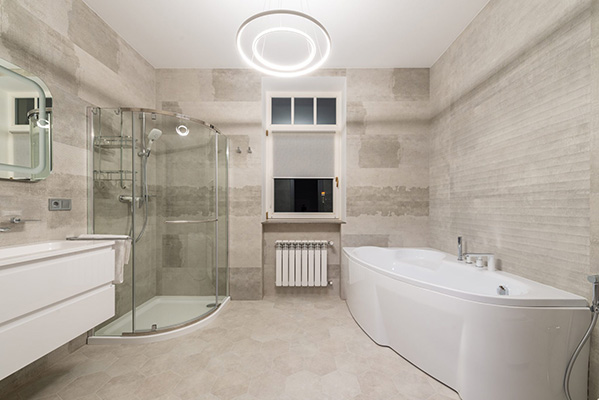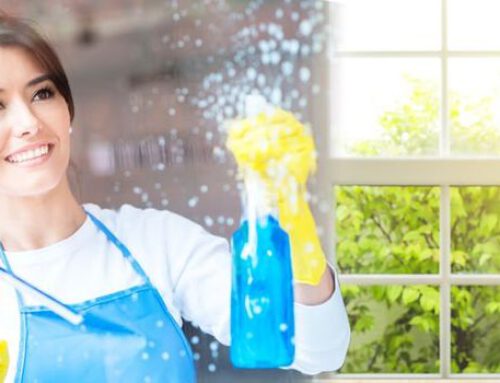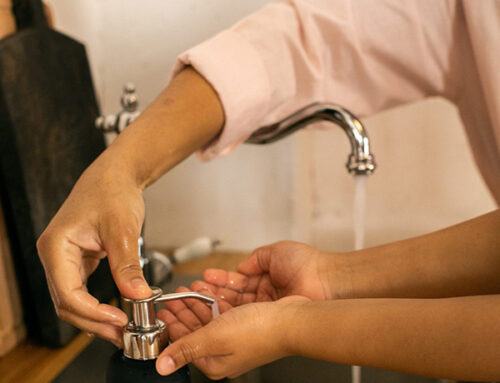The bad news is that tens of thousands of bacteria are currently living in your bathroom. As a matter of fact, a standard toilet bowl will have more than 34,000 bacteria units thriving and reproducing. However, the good news is that there are several tips that you can follow if you want to keep your bathroom germ-free.
Although you’ve probably spent a lot of cash to improve the design of your bathroom and make sure that it’s relaxing and functional, you might be missing the spots where the bacteria reside. It would be surprising to know that the toilet might not even be the dirtiest spot in your bathroom.
In this article, our end of tenancy cleaning team in South London introduces the insiders’ guide to reducing bacteria in the bathroom. So keep on reading to learn how to keep your bathroom squeaky clean.
The Insiders’ Guide to Reducing Bacteria in the Bathroom
Different types of bacteria reside in your bathroom, but the most common ones are Bacteroidaceae. This is a family of bacteria found inside the digestive tract, passes out with the waste, and then spreads to other spots in your bathroom when you don’t clean it properly.
Other bacteria that can infect you include E.coli and Salmonella. The infection symptoms include stomach pain, bloody diarrhea, fever, and vomiting.
You can avoid these annoying symptoms by cleaning your bathroom regularly. Here are some of the best cleaning tips to follow.
- Start by cleaning the tiles and all the other flat surfaces using soapy water or a special cleaning product. Use a sponge or a brush if you need to scrub something off, as this will facilitate the more potent cleaning agent or disinfectant you want to use to clean more problematic areas.
Make sure that you clean the grout and remove any mold buildup. Do this once a week to keep your bathroom surfaces clean.
- Use a toilet seat cleaner. This is where you sit, and the germs on the skin can easily be transferred from one person to another. You can also prepare a cleaning solution using baking soda and water. Clean the toilet seat every day or after every use if you have a kid in the house.
- Use a cleaning liquid to scrub the insides of the toilet bowl. The cleaning liquid should contain bleach to kill the different bacteria.
You should do this at least twice per week to make sure that your toilet is clean. You can also prepare your own cleaning liquid by mixing one tablespoon of bleach with one quart of water.
- Spray the toilet brush with a disinfectant spray. After cleaning the toilet, the toilet brush gets contaminated with a scary number of bacteria. Keeping it inside the bathroom without cleaning it properly will only increase the risk of these harmful bacteria spreading around your bathroom and then to the rest of your house.
- Scrub the showerhead inside of the shower room and shower cabinets at least twice per week. The humidity in the shower creates a perfect environment for the bacteria to thrive.
Use a potent cleaning agent that removes lime and calcium deposits, and scrub everything at least twice per week. This will reduce the chance of mold and microorganisms growing in the bathroom and affecting your family’s health.
- Use a mixture of bleach and water to clean the floors every week. Mop the floors and use a brush to reach between the tiles. Let everything air dry before using the bathroom. Dry the corners properly because the water will help the bacteria grow.
- Vacuum and wash the bathroom mats every week, even if they don’t look dirty. Some of the dirty water droplets from the toilet can accidentally land on your bathroom mats. Plastic mats are easier to clean than carpet ones.
- Remove the foul odors in your bathroom by using vinegar or lemon juice. Prepare your own cleaning solution using 2 parts of vinegar and 1 part of water. Let this solution sit for 15 minutes before scrubbing the toilet bowl. You can do the same using lemon juice.
- Always wash your hands after using the toilet. Some people ignore this fact, although it can lead to severe and even fatal infections. Wash your hands when you’re helping a child to do his or her business.
- Dry your hands before stepping out of the bathroom. Wet or damp hands can spread more bacteria inside your house when they get in touch with various surfaces.
- Use disinfectant wipes or spray to clean high-touch spots during your weekly cleaning routine. This includes the doorknobs, drawer knobs, tap, toilet flusher, and shower door handle. These cleaning tools kill germs and bacteria upon contact and will prevent the bacteria from spreading from one person to another.
- Always flush the toilet with the lid on. When you flush the toilet, some of the polluted water and vapor particles get suspended in the air and eventually settle on several surfaces in your bathroom. If you’re keeping the toothbrush close to the toilet, you need to move it away to make sure that it won’t be contaminated.
- Use different towels for every member of the family. If a family member is suffering from an infection, they won’t be spreading it to others.
- Always allow the towels to dry after washing your hands. Wash the towels regularly and dry them in the sun to kill all the bacteria, especially if someone is sick.
- Store toothbrushes separately. It’s best to pick separate holders or keep the toothbrushes in separate containers.
After brushing your teeth, your toothbrush gets contaminated with plaque, saliva, blood, and bacteria from your mouth. You don’t want your bodily fluids to get in touch with someone else’s.
Wrap Up
Although there are lots of bacteria that live in your bathroom, you can get rid of them by keeping up with a regular cleaning schedule. Use the best cleaning solutions and tools to clean your bathroom, and establish a daily and weekly routine.

